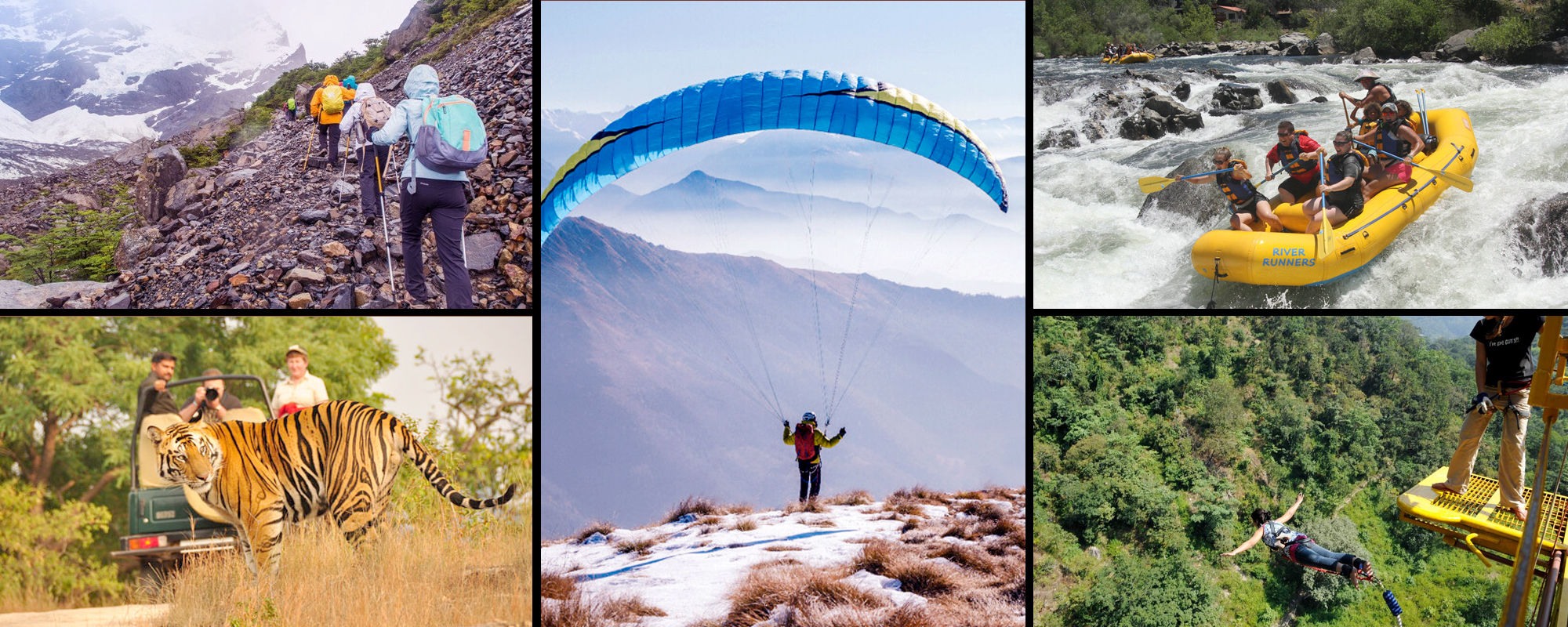
If you have experience and courage then get ready to raft on India’s one of the wildest river Ton and get on a nerve wrecking ride of your life.
Rafting is an adrenaline gushing roller coaster journey on the white water of River Ton flowing through the western part of Himalayas. Considered as one of the most untamed and technical rivers of India, it gives you a lifetime experience of hard-core rafting amid the wilderness of Tons Valley. Beginning from Lunagad, it goes on till Tiuni including a drop of 78 kms just prior to Tiuni and then further, with only middle and lower section of Ton River applicable for the expedition. The rapids descend at an average rate of 32 ft. per kilometer at the middle ton, making it quite an exhaustive yet exhilarating affair. Rafting on one of the biggest tributaries of Yamuna River is definitely not for the first timers or novice.
The Tons River flows through Garhwal, the western part of the Himalayan state of Uttaranchal, bordering Himachal Pradesh. With its source in the 20,720 ft high Bandarpunch mountain, it is the biggest tributary of the Yamuna, and, in fact, carries more water than the Yamuna itself. The Tons valley lies in the JaunsarBawar region of Garhwal, a little-known area, unique in culture and history. Another name for Uttarakhand was Panchal desh, referring to the five Pandavas from the great Hindu epic Mahabharata. The Pandavas, and their rivals, the Kauravas, figure especially in the anthropology of the Tons valley, where the villagers actually claim to have descended from the two clans. Their social customs are very unlike the rest of conservative Garhwal. Polyandry, and to some extent, polygamy, are the normal practice.
A low to medium volume, Class IV River, the Tons was first run in 1980 by Jack Morison, followed by a commercial exploratory trip in 1986, which ran the entire length of the river. Since then, apart from a 15 km commercial section, the river has hardly ever been challenged. The main raft section is around Camp Lunagad, Aquaterra Adventures summer camp, near Mori village.
This adventure kicks off from our base camp on the Tons River, with familiarity gained on the 15-km-long commercial section of the upper Tons near Mori. A short overnight hike into the hills adjoining whets the appetite before we begin the 60 km expedition journey, down to Icchari, where the river is dammed.
Below Tiuni, we encounter Foreplay, Premature Ejaculation, a series of Class III+ rapids, followed by Afterglow, Channel Rapid, Pillow talk, Thrice Bitten, Deadly Dedsu before we reach the bridge at Atal, the village below which we camp on Day 01. Day 02 begins with several Class 3 rapids after which we flow into a gorge where we tackle the Lone Ranger, Three Musketeers, and the Roaring Bagni. We reach our campsite near Atal for the night, covering approx. 20 kms.
Below Atal, we paddle through a long gorge where we hear ample chatter of monkeys and the call of cuckoos. The land takes a more gentle and tropical rhythm from the upper, more alpine, valley near the base camp. Palm trees grow at the edge of cliffs and their roots drop 80 ft into the nourishing water of the Tons. The gorge opens out at the bridge near Minus and the river flows gently for the next 7 kms till we reach Major Surprise, the biggest rapid on the trip.
Major Surprise is followed by a series of big rapids before the river flattens out again near the dam at Icchari. The river section till Major Surprise is about 25 kms and depending onwhether it’s a portage of not, and the time at hand, we either camp there or continue to reach Icchari.
Things to Do:
Things to Carry:
One of the most fun filled Tons Valley camping is open for one and all. This camp can be attended by everyone, and families will love it! It contains rafting, small-scale trekking, camping among the mountains, exploring the thick Himalayan forests, and also camp fire on almost every night. Situated near Dehradun, the travel starts with an overnight train journey to Dehradun via Delhi. The Kedar kantha trek is one of the highlights of this adventure water sports in Tons Valley tour and brings out the beauty of the nature that your eyes will love.
The best time to raft in Tons is from March to June and September to November. Avoid visiting during the months of heavy rainfall i.e., July and August. Make sure you pay attention to all the instructions carefully given by the guide. Also prefer to go for the activity in groups of 4, 6 or 8 as per the operator you choose. Non-swimmers are not allowed on the trip usually. Also make sure you have prior rafting experience before you indulge in the activity here.
The best time to raft in Tons is from March to June and September to November.
Copyright 2012-2025 Indiamap Digital Private Limited. All rights reserved. Privacy Policy | Terms of Use